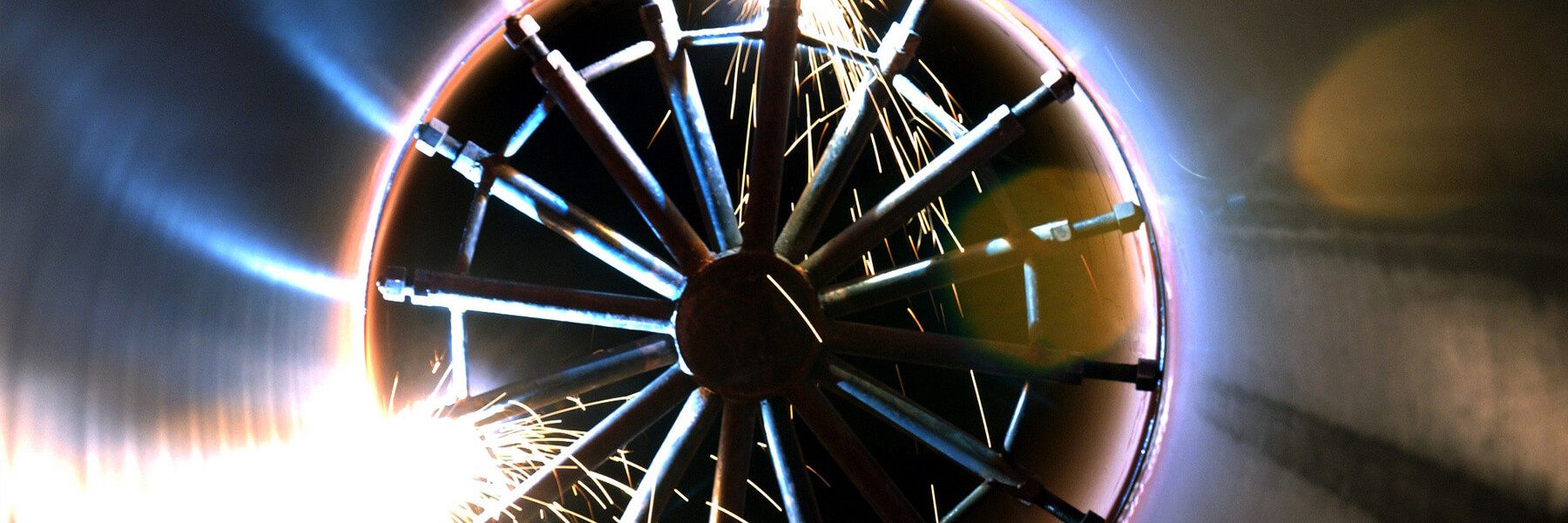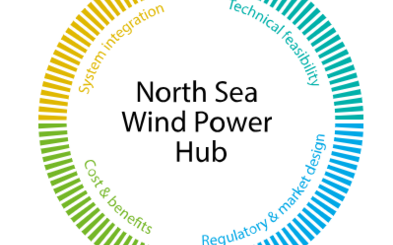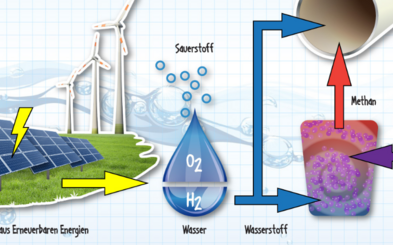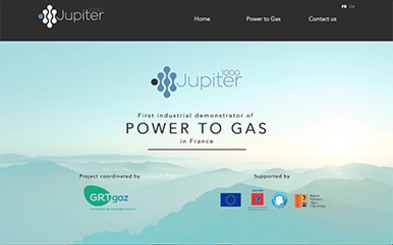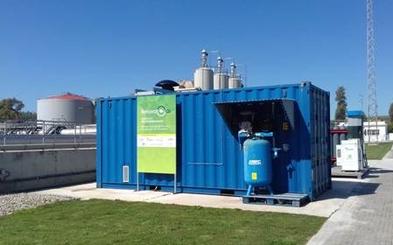INNOVATIVE PROJECTS PLATFORM
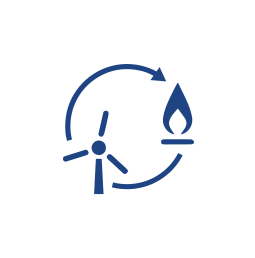
Energy System Integration
Integrated infrastructure planning for electricity and gases is essential to support the decarbonisation of the energy system sector, particularly for facilitating the transport of renewable gases like hydrogen. Better integration will allow for the optimisation of the energy system as a whole, across multiple energy carriers, infrastructures and consumption sectors, by creating stronger links between them, to achieve a cost-effective decarbonisation of the EU economies.
Energinet, TenneT, Gasunie
North Sea Wind Power Hub
An opportunity for internationally coordinated, large scale, far offshore wind energy from the North Sea. An opportunity which would deliver energy at competitive prices around 2030 and facilitate meeting the Paris agreement. We are committed to explore and develop regional socio-economic beneficial and reliable offshore infrastructure, including possible conversion into P2G, that supports wind farm operations and interconnections between markets. Average daily production of H2 is 30 GWh/d.
Contact: Martin Graversgaard (mgn@energinet.dk)
Teréga
Impulse 2025
IMPULSE 2025 project aims at implementing a smart multi-energies system to interconnect different energy networks (gas, power, heat) to create synergies and improve energy efficiency. It includes studies and the building of a pilot demonstrator. 2 phases: Phase 1 (2019-2024) development of a model and optimization tool to identify the optimal configuration of a smart multi-energies system. Phase 2 (post 2025) study of the operational feasibility to confirm estimated gains.
Contact: jordan.perrin@terega.fr
Gas Connect Austria
Wind2Hydrogen Auersthal
The Wind2Hydrogen pilot facility in Auersthal, Lower Austria was in operation from January 2014 until the end of 2017. It converted power from wind turbines into transportable, storable hydrogen using a new, specially developed electrolysis process that responds very quickly to changing loads from a wind farm, and can economically produce high pressure of around 165 bar.
OGE
hybridge
hybridge – the name of the largescale power-to-gas project by Amprion and Open Grid Europe (OGE). From 2023 it is planned that the pilot plant will be able to convert up to 100 megawatts of electrical power into hydrogen. With this project, the aim is to further develop a technology that will play a key role in the transformation of our energy system.
Nowega
GET H2
The strategic goal of Get H2 is to combine regions with a high share of renewable energies from wind and solar sources with H2 production on an industrial scale. The focus is on the development of a nationwide H2 infrastructure with the coupling of all sectors.
Contact: presse@nowega.de
Open Grid Europe GmbH
Hybridge
Amprion and Open Grid Europe (OGE) are joining forces to press ahead with intelligent sector coupling. The two companies are planning to trial the power-to-gas (PtG) technology on an industrial scale to help accelerate the energy transition. The aim is to build PtG plants in the 50 to 100 MW range. Potential sites in Lower Saxony and northern North Rhine-Westphalia have been identified.
Contact: karsten.frese@open-grid-europe.com,
jan.teuwsen@amprion.net
Energinet, Gasunie
North Sea Wind Power Hub
TenneT Netherlands, TenneT Germany, Energinet, Gasunie and Port of Rotterdam joined to build an artificial island in the North Sea to host synergy technologies such as Power2Gas. The hub provides a basis for a joint European approach up to 2050 and focuses specifically on developing the North Sea as a source and a distribution centre for Europe’s energy transition.
Contact: til@energinet.dk
Gasunie Deutschland Transport Services GmbH, Thyssengas GmbH
ELEMENT EINS
Gasunie Deutschland, Tennet and Thyssengas will plan a 100 MW power-to-gas-installation. Planned operation in different phases from 2022. It will become the biggest power-to-gas-installation in Germany.
Contact:
- Gasunie Deutschland - philipp.vonbergmann-korn@gasunie.de,
- Thyssengas - gerhard.huelsemann@thyssengas.com,
- TenneT - julia.weich@tennet.eu
GRT GAZ, TERÉGA
Jupiter 1000
Teréga with GRTgaz developed a demonstration project for Power to Gas in Fos-sur-Mer. The aim of this initiative is to help shape this new sector by developing the technologies concerned, building the associated economic and regulatory models, and overcoming current technical reservations.
Contact: jeanmarc.brimont@grtgaz.com, cecile.boesinger@terega.fr
Enagás S.A.
RenovaGas
RENOVAGAS is a research project whose first phase finished in 2017. It first aim was the development of a 15 kW demonstration plant for the production of synthetic natural gas (SNG) from the electrolytic production of hydrogen with renewable energy sources (RES) and its combination directly with a biogas stream, that is, without separating CO2 from the methane, through a methanation process, so the synthetic natural gas obtained was fully renewable.
Contact: jrubio@enagas.es
